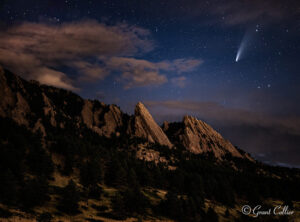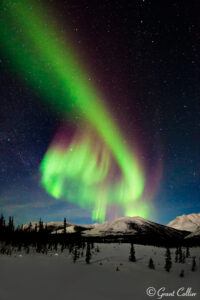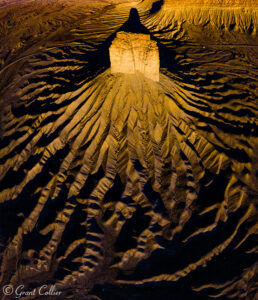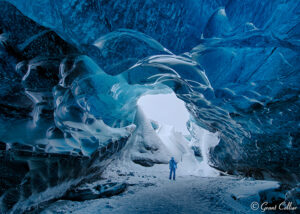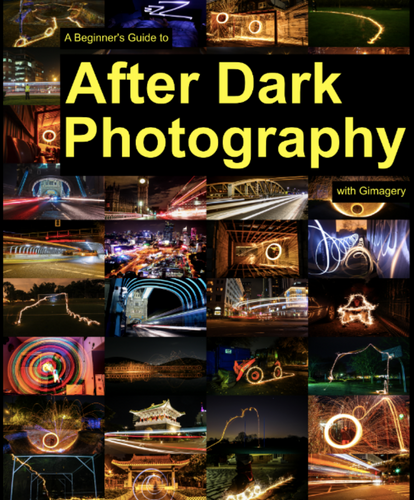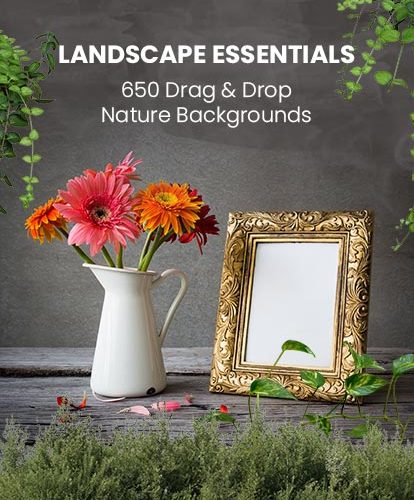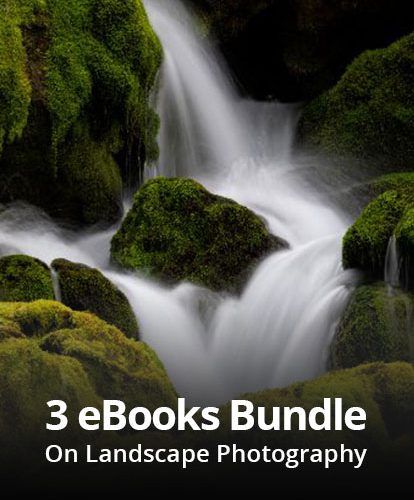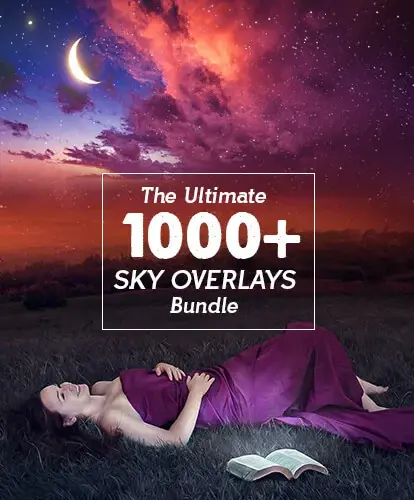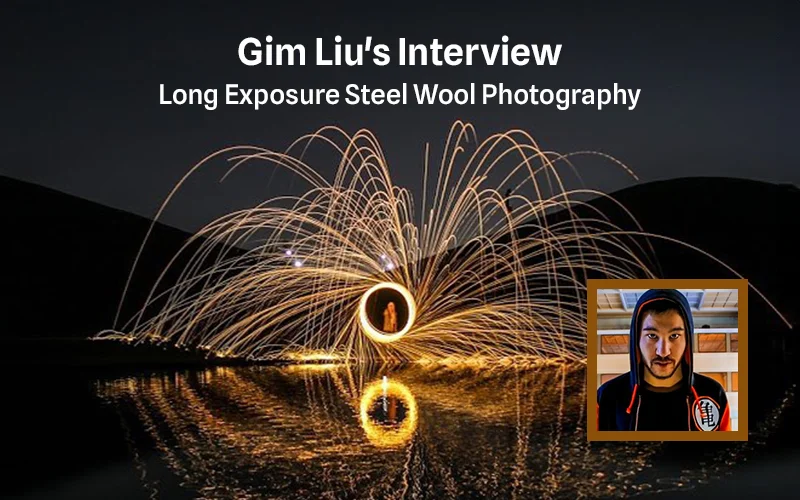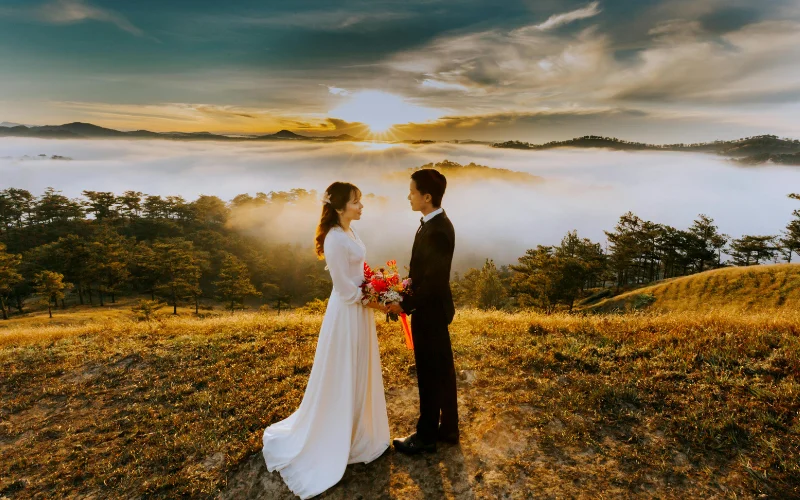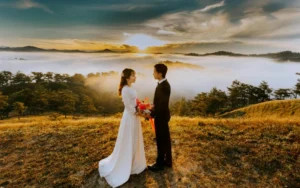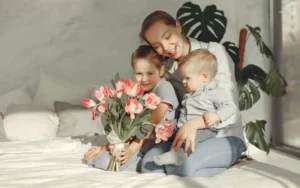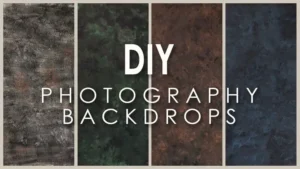Grant Collier, a professional landscape photographer, has captured some of the most mesmerizing shots of the northern night skies and numerous stunning landscapes. We were extremely fortunate to get in conversation with photographer & author Grant Collier.
In this interview, Grant Collier talks to us about his most favorite places and his love for sculpted sandstone rock formations and canyons from the Colorado Plateau.
Grant Collier also shares some incredible tips on how you can plan your night shoot in extremely cold places like Alaska.
Grant Collier also shares his writing experience as an author of more than 11 photography books.
Read along for some candid conversations with Grant Collier. We are sure you’ll love reading it as much as we loved conducting it!
1. Can you tell us a bit about your background and how you got your start in photography?
Ans. I went to school at Pomona College near Los Angeles and was planning to double-major in economics and astronomy. However, I was required to take one fine art class, so I begrudgingly enrolled in a photography class.
I couldn’t get too excited about shooting the smoggy scenes of LA, so I decided to take a trip to Moab over fall break. I stumbled upon some really good lighting and weather conditions and came away with some half-decent photos. After that, I became addicted to photography. Once I graduated from college, I decided to start taking then-and-now photos using images shot by my great-great-grandfather in the late 1800s.
He was an early pioneer photographer in Colorado and Scotland, so I guess photography is in my genes. I found a publisher to print a book of these photos called “Colorado: Yesterday & Today” in 2001. I later started my own publishing company and eventually released a sequel to this book called “Colorado Then & Now.”
2. People get awed by your night sky photographs. Is there any photographer who inspired your art?
Ans. David Muench was a big inspiration. When I took up photography in 1993, the internet barely existed. So I couldn’t look through images of hundreds of great photographers like you can today. Instead, I found several of Muench’s big coffee-table books at a bookstore and would spend hours poring over the photos.
Jerry Uelsmann always inspired me as well. His ability to blend multiple images in a dark room, long before Photoshop, was remarkable. My work doesn’t remotely resemble his, but he’s inspired me to experiment with different techniques.
That’s probably reflected more in some children’s books I’m currently working on than in my calendars or landscape photography books.
3. You have photographed some beautiful landscapes in Arizona and wildlife in Colorado. Which is your favorite type of landscape to photograph?
Ans. I usually only photograph wildlife if I happen to see any while out shooting landscapes. I’ve never really had the patience to get up before sunrise and sit and wait for wildlife to show up. As for landscapes, I do love the sections of Utah and Arizona that lie within the Colorado Plateau.
The sculpted sandstone rock formations and immense canyons are unlike anything else on this planet. However, if I had to choose a favorite location, I’d go with Iceland.
There are just so many things to shoot there, including ice caves, glaciers, seascapes, waterfalls, mountains, the northern lights, and the occasional erupting volcano. I’ve only spent a few weeks there, but 4 or 5 of my all-time favorite images were shot there.
4. What is your go-to camera gear?
Ans. I now use a Sony A7 III for most of my night photos and a Nikon D850 for most of my daytime photos. I also frequently use an ultra-wide 14mm lens.
However, I’ve never been much of a gear junkie. I believe you can get great photos with any camera. I have a few big stitched images on my website that were taken with an iPhone, along with some star trail photos taken on a $20 film camera.
That being said, good camera equipment is more important for most night photography, in order to reduce noise and increase detail.
5. What’s one landscape you are dying to photograph?
Ans. There’s a bunch of scenes I’ve found on Google Earth that I want to photograph from the air with my DJI Mavic 2 quadcopter. I’ve done a lot of aerial photography with this drone in recent years, in part because I can’t hike much anymore after two spinal fusions.
Since I’m running low on new places to shoot from the side of the road, the drone lets me find new scenes that I’ve never shot before. In fact, it lets me find perspectives that nobody has shot before, which is hard to do anymore from the ground.
Some waterfalls and glacial rivers in Iceland are among the top places I’d like to shoot from the air. I didn’t have a drone during my first two trips there, so I hope to return someday. However, I’ve only been shooting aerial photos in Colorado and Moab, Utah during COVID.
6.You have captured some of the most beautiful shots of the northern lights. What is it about this phenomenon that inspires you so much?
Ans. Since I’ll be releasing a calendar on the northern lights in 2022, I think I’ll just use the text I wrote for the back cover to answer this question: “Ancient cultures believed that the northern lights were created by the souls of the departed in the heavens.
When one witnesses the aurora borealis in person, it is easy to see why. The ethereal lights dance across the night sky with such a hypnotic rhythm that they seem to be alive. Science has since taught us that the northern lights are created by charged particles from the sun colliding with molecules in our atmosphere.
However, this in no way lessens the feeling of awe and reverence that they inspire in people the world over. One sight of the northern lights can reawaken our youthful sense of wonder and renew our appreciation for this small planet that we call home.”
7. The night sky shots from Alaska are mesmerizing. How do you prepare before going for a night shoot?
Ans. Preparing for a night shoot in Alaska is a lot harder than most night shots. For most night shoots, I just need to make sure I have the right lenses, a jacket, and a flashlight. However, when I was in Alaska in February, it was about -10F every night.
So I used a base layer of merino wool and tried to get at least two more layers of clothing over every part of my body. I brought plenty of hand and foot warmers, heated gloves, and NEOS overshoes. I also stored my camera in the trunk of my vehicle to keep it cold before shooting.
Taking a camera from a warm room to a cold environment can cause the lens to fog up. Sometimes, I also attached hand warmers all around the camera lens to prevent it from fogging up. I also had to bring a lot of fully-charged batteries, as they die much faster in the cold.
Finally, lots of caffeine was useful to stay up all night, hoping the northern lights would eventually appear.
8. You have been an author of 11 photography books, can you tell us a little bit of your experience writing these books?
Ans. I think it’s now up to 16 books if you include my four children’s books. I guess I need to update my bio :). I’ve been collaborating on several children’s books recently with my girlfriend. I take the photos for them and write the text.
She draws all of the animals and people, and I use Photoshop to blend them into my photos. With my back problems, I haven’t been able to spend nearly as much time taking photos lately. So this allows me to reuse existing photos in a different way, and it’s nice to have a new challenge. As for my photography books, I started my own publishing company in 2004 in order to have complete control over my books.
I had to learn how to design the books and prepare the photos for offset printing. There was a big learning curve for that. Writing the books has also been a big challenge, but it’s something I enjoy doing. One of the more challenging books was “Collier’s Guide to Night Photography.” There’s a lot of new things you need to learn to get good quality night photos, both when taking the images and processing them.
So, trying to make it easy to understand, while also including many advanced techniques, took a lot of writing and re-writing. Fortunately, it’s been well-received, and I was able to release a 2nd edition of the book recently.

